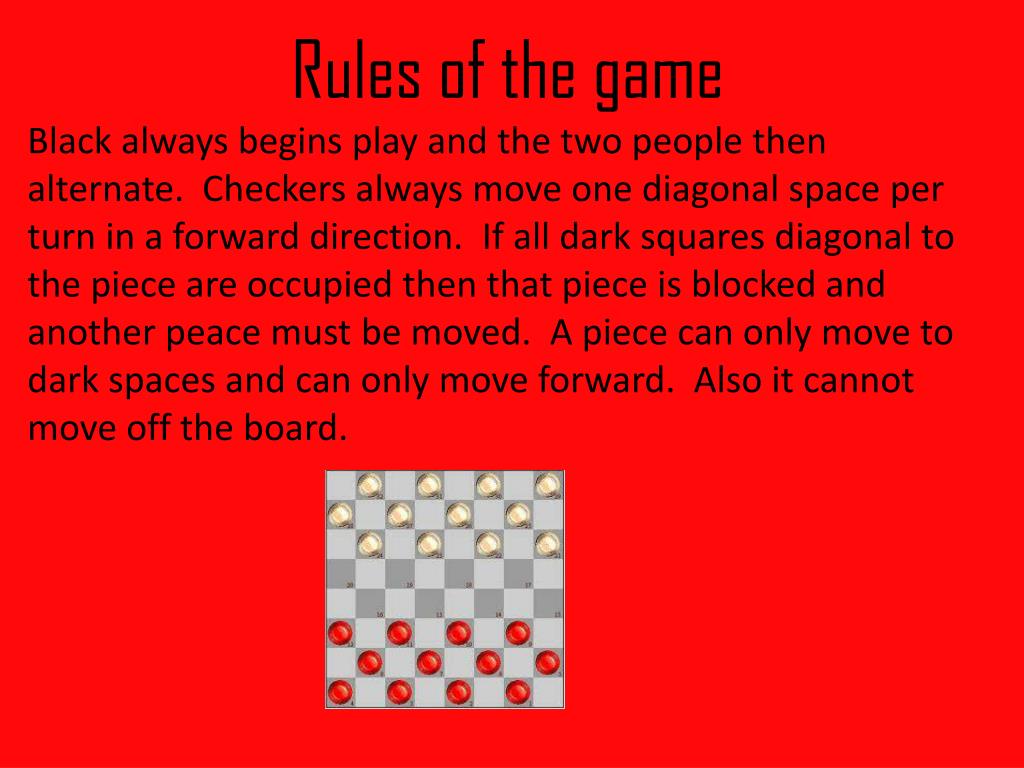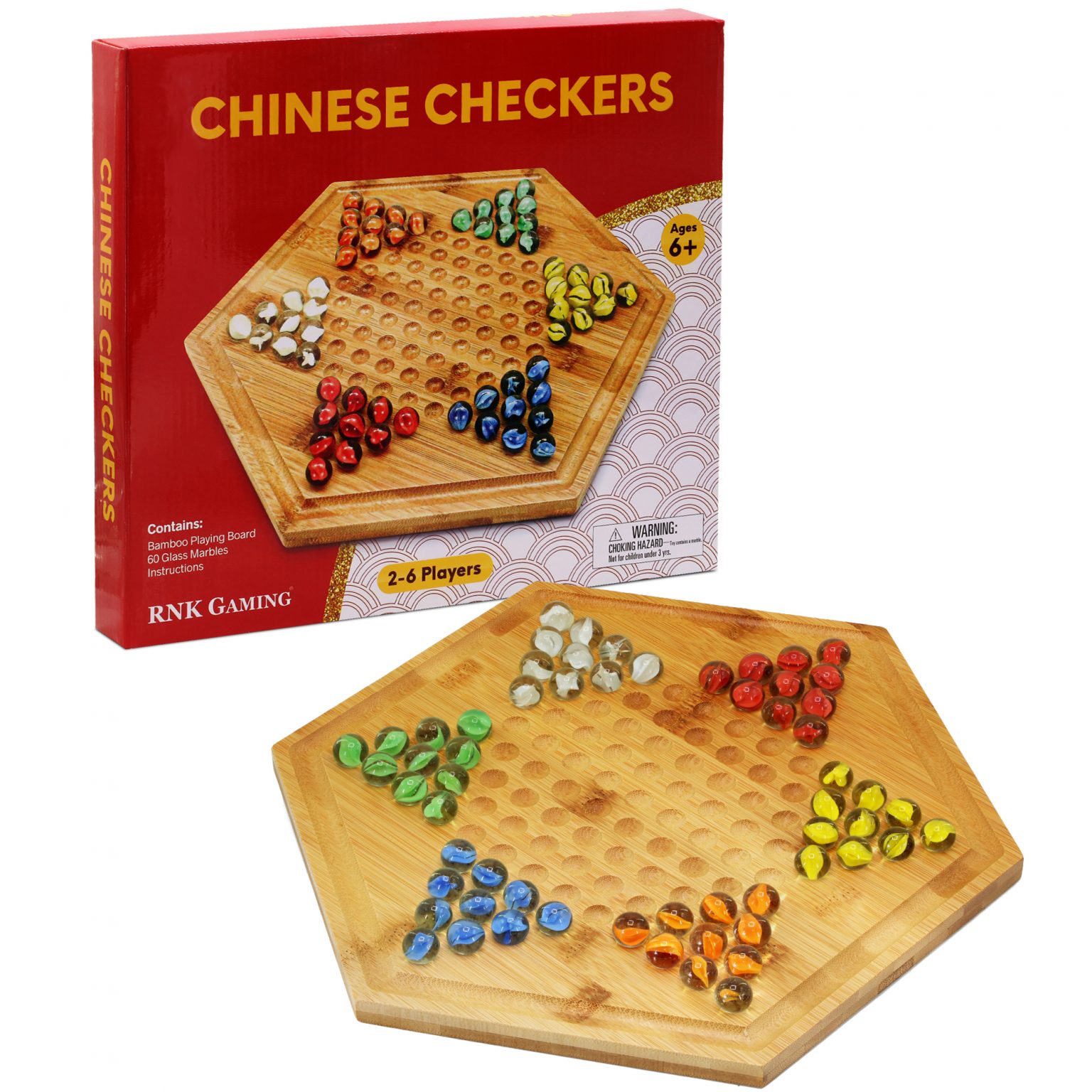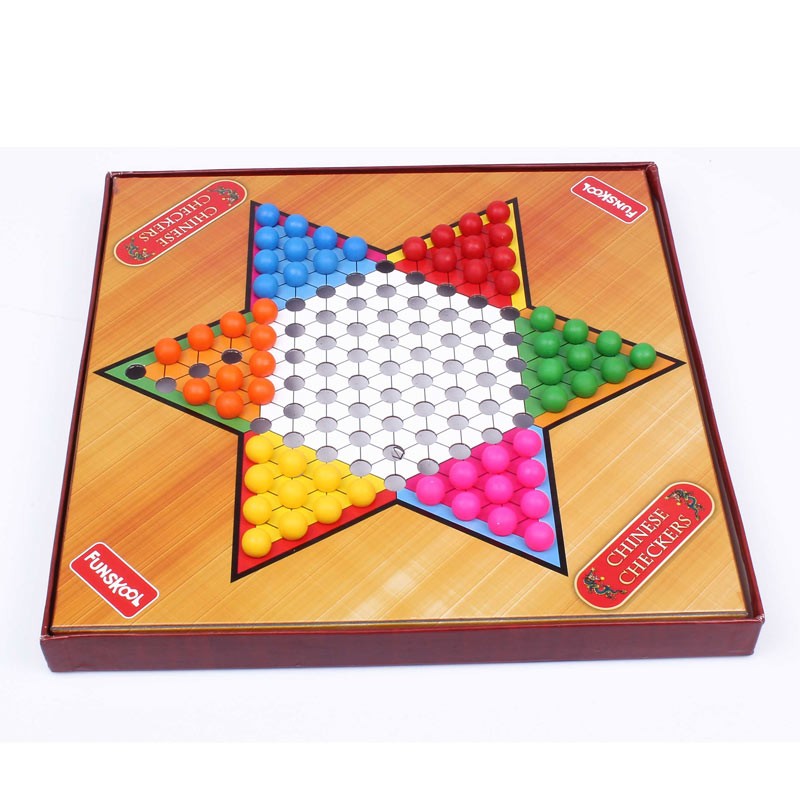
"Board and Table Games from Many Civilizations." Oxford University Press. "The Shortest Game of Chinese Checkers and Related Problems." Integers: Electronic Journal of Combinational Number Theory. Like the traditional game, you can string together as many hops as you like but you can't hop more than one piece at a time.

For example, if there is one space between your piece and the one you'd like to jump, you can hop that piece and land in the second empty space after the jumped piece. In conventional Chinese checkers, you're only allowed to jump adjacent pieces, but in super Chinese checkers, you can jump more distant pieces as long as you land at a symmetrical distance on the other side. The difference is in how you're allowed to hop other pieces on the board.
#CHINESE CHECKERS BOARD GAME RULES SERIES#
This version is similar in many ways to the traditional game: You set up the pieces in the same manner and attempt to move your pieces into the opposing base using a series of steps and hops. The first team to relocate all of their pieces into their opponent's home base is the winner.Īnother variation is known as "fast-paced" or "super" Chinese checkers. Like regular Chinese checkers, the goal is to move your pieces across the board and into the opposing base. Each player must choose a starting base opposite that of an opposing team member. This version of Chinese checkers can be played with four people paired in teams of two, or six people joined in teams of either two or three. Practice: if you play a lot against a lot of different players, you will get better.If you're bored with the traditional rules of Chinese checkers, you'll be glad to know that there are variations to this classic game.

Plan ahead and try to look at every possible move before you take your turn. Try to keep your pieces on the back row or king row for as long as possible, to keep the other player from gaining a king. Pieces on the sides are valuable because they can't be jumped.ĭon't bunch all your pieces in the middle or you may not be able to move, and then you will lose. Sacrifice 1 piece for 2: you can sometimes bait or force the opponent to take one of your pieces enabling you to then take 2 of their pieces. If neither player can move then it is a draw or a tie. You win the game when the opponent has no more pieces or can't move (even if he/she still has pieces). Once a piece is kinged, the player must wait until the next turn to jump out of the king row. King pieces can move in both directions, forward and backward. Another piece is placed onto that piece so it is now two pieces high. If you get a piece across the board to the opponent's king row, that piece becomes a king. *** note: if you have a jump, you have no choice but to take it. You can do multiple jumps if they are lined up in the forward direction.

If there is one of the opponent's pieces next to a piece and an empty space on the other side, you jump your opponent and remove their piece. Pieces are always moved diagonally and can be moved in the following ways:ĭiagonally in the forward direction (towards the opponent) to the next dark square. Each player takes their turn by moving a piece. Typically the darker color pieces moves first. Sometimes the pieces are black and red or red and white.

Each Checkers player has different colored pieces. The pieces are placed on every other dark square and then staggered by rows, like shown on the board. Checkers is a board game played between two people on an 8x8 checked board like the one shown below.Įach player has 12 pieces that are like flat round disks that fit inside each of the boxes on the board.


 0 kommentar(er)
0 kommentar(er)
